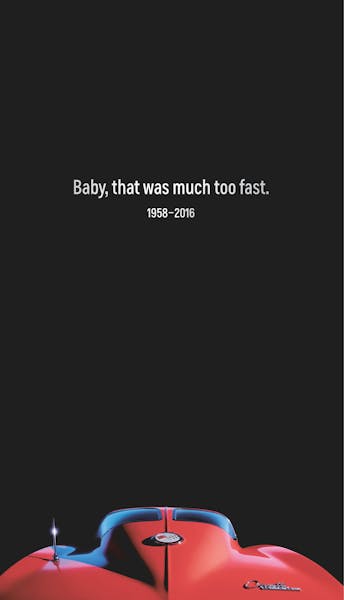Several companies joined the rush to post social media tributes to Prince after he died, sparking a debate in the Twin Cities marketing industry on appropriate reactions in the digital age.
The question comes down to whether companies and organizations should engage publicly during a tragedy and, if they do, how to make the real-time response authentic.
"[Prince] was really careful with his own brand throughout his life," said John Foley, CEO of brand agency Level. "There's a fine line between honoring Prince and it becoming a business opportunity, if you will."
With more people discussing current events on social media, consumer brands often take to their Twitter, Facebook, Snapchat and other online accounts to share in the conversation when big news happens.
On Thursday, as shock and disbelief spread across the globe and people started processing the news about Prince, who died at 57 in his Paisley Park recording studio complex, businesses, sports teams and other groups immediately started sharing in the collective grief online.
Chevrolet's response was a sparse picture of a red Corvette with the words "Baby, that was much too fast, 1958-2016." The lyrics from Prince's hit "Little Red Corvette" had more than 8,000 retweets. The company also took out full-page ads on Friday in select newspapers, including the Star Tribune.
A standout among Minnesota companies was Maplewood-based 3M Co., which posted an image on social media accounts of its red logo turned purple with a teardrop between the 3 and M. The image — which took the place of its main logo on its Twitter, Instagram and Facebook pages — has been met with generally positive response.
Some other Minnesota companies such as Best Buy and Sun Country Airlines kept their digital comments simple with statements of condolences.
But Golden Valley-based General Mills found itself as a target of online ire when tributes were tweeted on two of its brand accounts and then taken down.
The Cheerios account posted a purple banner with the words "Rest in peace" with a signature Cheerio dotting the I and the hashtag "prince." Twitter response was swift from some commenters who suggested that the post was tasteless.
On the Hamburger Helper account, there was a picture of Prince with words including "the don of Minneapolis" and "a glove can only take so much sadness," referring to the brand's mascot.
"As Minnesota brands, Cheerios and Helper wanted to acknowledge the loss of a musical legend in our hometown," General Mills said in a statement. "But we quickly decided that we didn't want the tweets to be misinterpreted, and removed them out of respect for Prince and those mourning."
In contrast, Hamburger Helper hit social media gold earlier this month when it released a five-track, hip-hop mixtape on April Fools' Day that has garnered millions of plays on SoundCloud.
While Jason Sprenger, the president of the Minnesota chapter of the Public Relations Society of America, would not comment on particular tributes, he said he thought it was acceptable for local businesses to weigh in and offer condolences for a local figure.
"I think this is a really unique case in that Prince is one of us," he said. "He's part of this community. So many people here, so many brands here have had a shared experience."
For a company that successfully manages to engage audiences during a real-time event, the upside could be that it shows how it's a member of its stakeholders' community. Positive interaction also can help companies maintain an image of relevancy, which some have been struggling with in the digital realm that appeals especially to young customers.
But the not-to-be-overlooked downside is that, especially in the wake of sensitive news and with the lightning-fast speed that messages can go viral, brand engagement stands the risk of appearing opportunistic.
Just because Prince was a Minnesotan doesn't mean every Minnesota company needed to comment on his death, said Andy Thieman, executive creative director of Minneapolis ad agency Yamamoto.
"If your brand has anything to do with music or art or performance, then have at it. You belong in that conversation," Thieman said. "But if you are a bank, maybe don't say anything. I don't care if the bank is from here."
Tim Brunelle, vice president and creative director at firm BBDO Minneapolis, said every company needs to weigh its own factors in deciding whether to put out a message and expressing the sadness of employees is a legitimate reason.
"During a notable event, a natural disaster, death of a famous person, we are talking primarily about emotions and we are talking about emotional reactions," he said. "What we have to remind ourselves is that we are people. … The question becomes, 'Is it appropriate for our brand to also express an emotional reaction?' "
Nicole Norfleet • 612-673-4495
Twitter: @nicolenorfleet
Long-lost first USS Enterprise model is returned to 'Star Trek' creator Gene Roddenberry's son
Starbucks is introducing a cold drink cup made with less plastic

